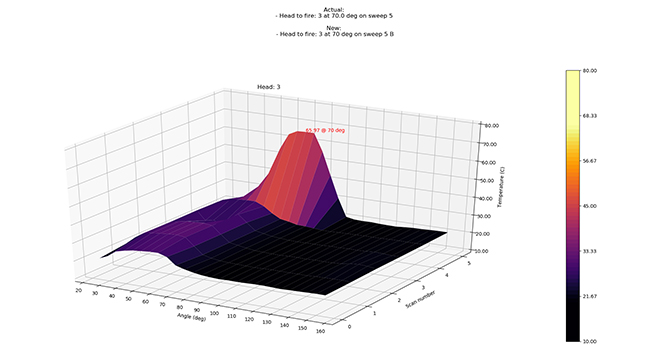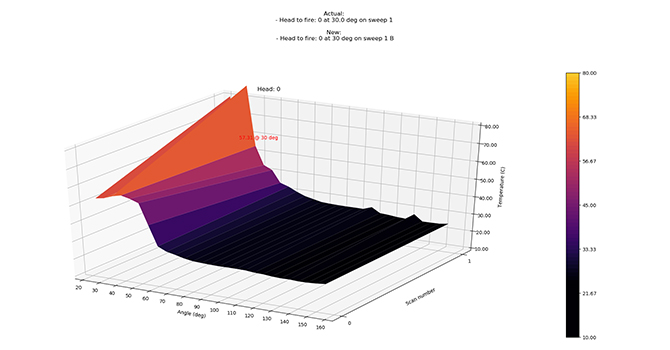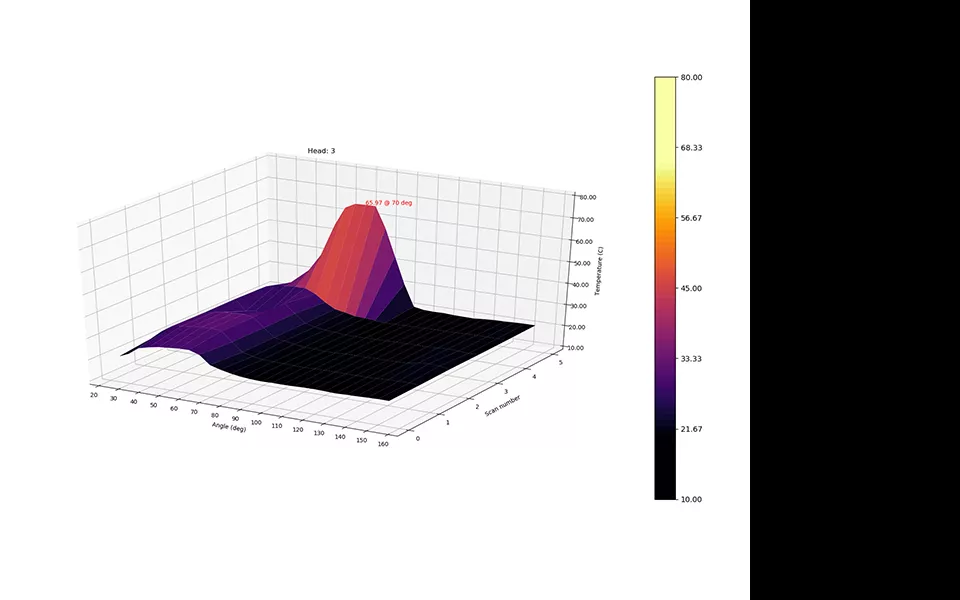How Automist’s rapid, targeted response stopped kitchen fires taking hold following two recent activations, potentially saving the lives of the occupants and with minimal damage to their homes.
Background
Automist was fitted in the two properties, for the first - building regulations required the house to have fire suppression installed due to restricted fire brigade access. The second property was an open plan flat that required the resident to pass through the kitchen from the bedroom to exit the property. Therefore, regulations required fire suppression to be installed to protect the means of escape through the kitchen area.
Challenge
Kitchen fires started in these homes in similar circumstances after the resident of the house accidentally left a pan containing oil on the hob after cooking and the flat’s occupant left a frying pan on the stove unattended.
Targeted suppression
Both fires activated Automist’s smoke detector, causing the system’s wall-mounted sprayhead to start scanning the room and identify any temperature changes that might indicate a fire.
In the house, the scanning thermal sensor identified the fire and its location by detecting a sharp rise in temperature from 22.99°C to 65.97°C in the hob area.

The system began spraying watermist after 1 minute and 4 seconds, suppressing the fire before a significant amount of heat could build up in the room.
While Automist quickly sprang into action, the room did not heat up enough to activate the kitchen’s mains-powered heat alarm – which is separate to the system’s detector.
Speedy response
In the flat, despite Automist’s thermal sensor recording a temperature of just 24.45°C in the coolest part of the room, it detected 88.1°C in the cooker area.

After detecting this high temperature, the intelligent system was quickly able to establish that there was a fire, with the watermist sprayhead directly targeting the flames within 21 seconds of the system detecting smoke. This early activation put out the fire before it was able to spread.
Minimised damage
Using 90% less water than traditional sprinklers, Automist was designed to significantly reduce consequential, post-activation water damage following an activation. In addition, the system activates electronically, overcoming the constraints of existing sprinkler systems by being able to operate earlier, before the temperature required to burst the glass bulb of a sprinkler and tackling fires before they generate that amount of heat, helping to reduce smoke and maintain survivability.
In both of these cases, Automist was able to respond quickly and reliably, suppressing the fire preventing harm to either resident.
Find out more
Contact us to learn how Automist can help save lives and protect your home.




